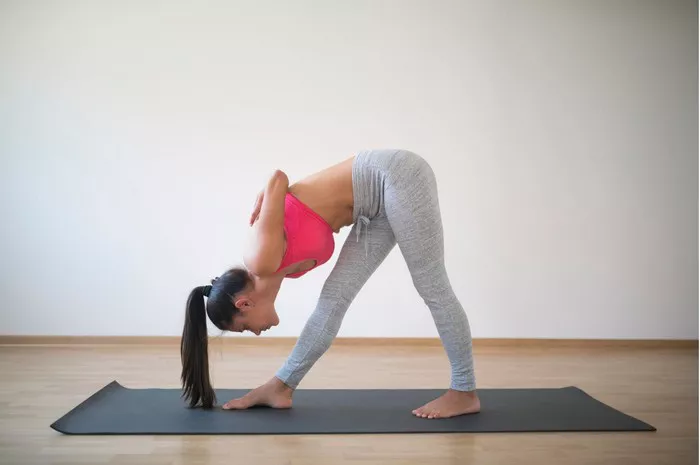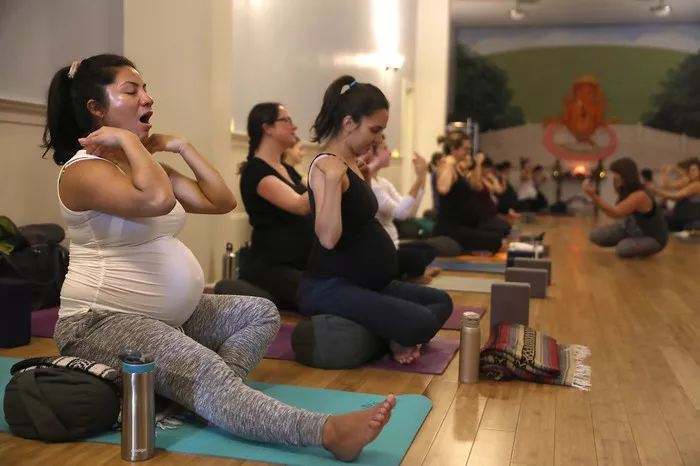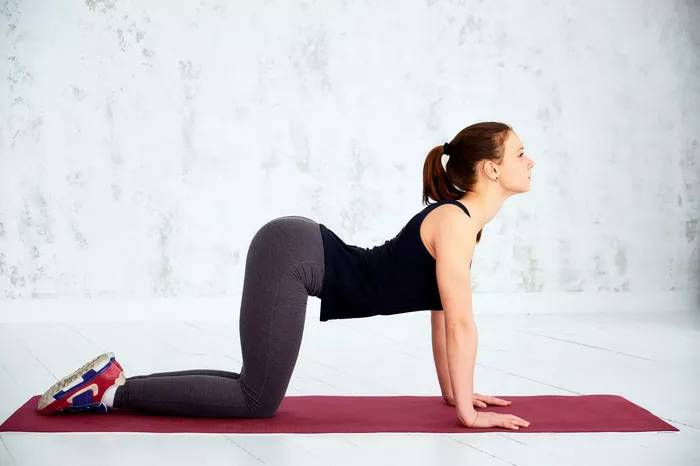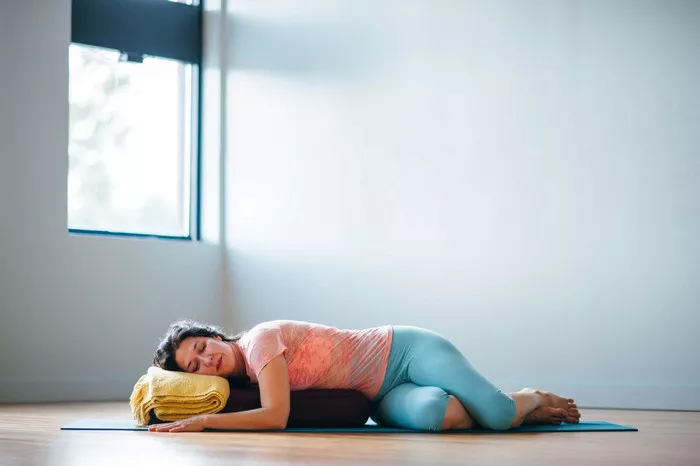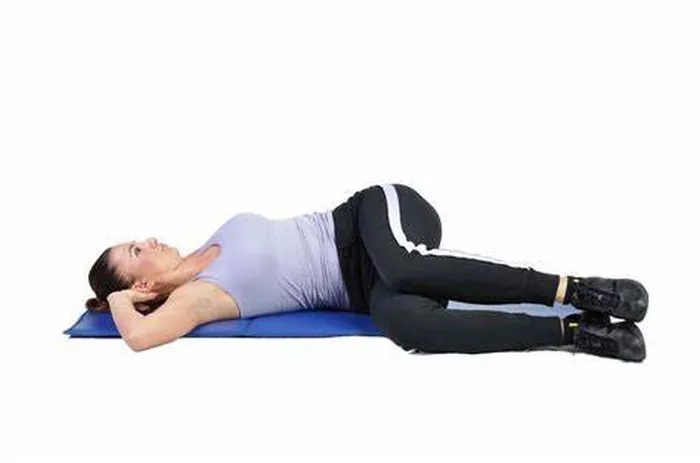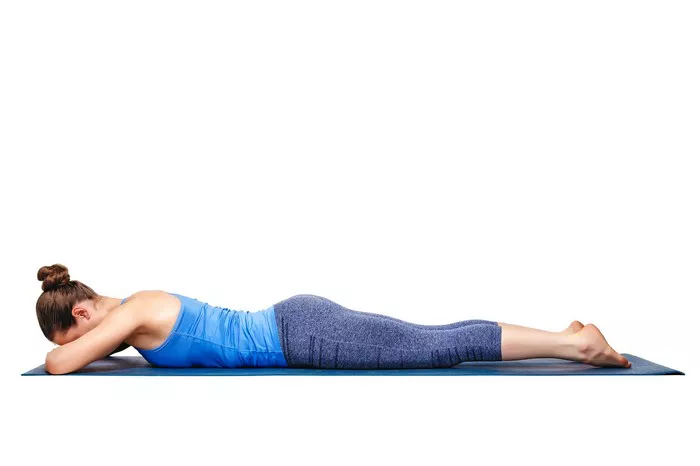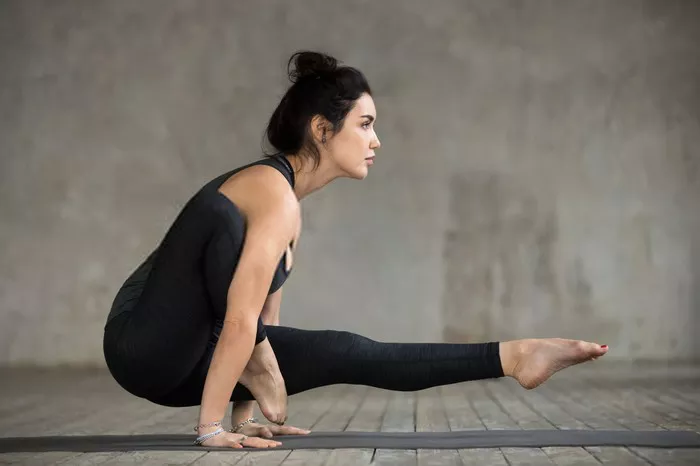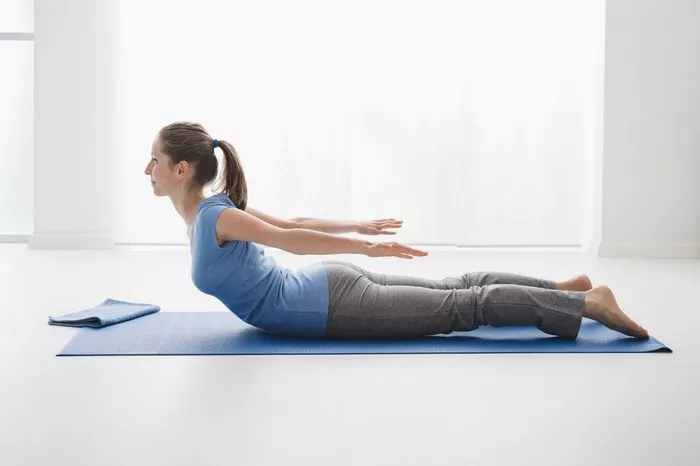Yoga, a practice that combines physical postures, breath control, and meditation, has gained immense popularity worldwide for its mental and physical benefits. From beginners to seasoned practitioners, yoga can be modified to suit various needs. One such modification is adaptive yoga, an approach designed to make yoga accessible to people with a variety of abilities, health conditions, and life circumstances.
In this article, we will explore what adaptive yoga is, its benefits, the different types of adaptive yoga, and how it can be practiced effectively. Whether you are new to yoga or an experienced practitioner, understanding adaptive yoga can help you appreciate its inclusivity and versatility.
Understanding Adaptive Yoga
Adaptive yoga refers to a tailored practice of yoga that adapts to the unique physical, mental, and emotional needs of an individual. Unlike traditional yoga, where students follow standard poses and sequences, adaptive yoga offers modifications that allow people with disabilities, chronic health conditions, injuries, or other challenges to engage in yoga comfortably and safely.
The essence of adaptive yoga is inclusivity. It recognizes that every body is different and that there is no one-size-fits-all approach to yoga. This adaptive approach can be practiced by individuals with a wide range of conditions, such as:
- Physical disabilities (e.g., mobility challenges, paralysis)
- Chronic illnesses (e.g., arthritis, heart disease)
- Mental health conditions (e.g., anxiety, depression)
- Neurological disorders (e.g., multiple sclerosis, stroke recovery)
- Age-related issues (e.g., limited flexibility, balance problems)
- Post-injury rehabilitation
The core idea is to make yoga accessible and beneficial for all, regardless of physical or mental limitations.
Key Principles of Adaptive Yoga
Adaptive yoga is built on several foundational principles that ensure it remains safe, effective, and enjoyable for practitioners with diverse needs:
Modification of Postures: Adaptive yoga focuses on adjusting yoga postures to suit the individual’s abilities. This might include using props like blocks, straps, chairs, or cushions to make poses more accessible. For example, a person with limited mobility may practice seated poses using a chair instead of the floor.
Emphasis on Breath Awareness: The breath is the foundation of yoga, and adaptive yoga places a strong emphasis on breath control and awareness. Proper breathing techniques can help individuals manage pain, anxiety, and stress, which are often associated with physical limitations or health conditions.
Gentleness and Mindfulness: Adaptive yoga encourages a gentle approach to movement. Rather than pushing for the most advanced postures or maximum flexibility, it focuses on listening to the body, staying within comfortable ranges of motion, and practicing mindfulness throughout the session.
Use of Props and Tools: Props are essential in adaptive yoga as they help make poses more accessible and provide support. Common props include yoga blocks, straps, bolsters, blankets, chairs, and wall supports. These props allow individuals to practice poses without strain, maintaining safety and alignment.
Personalized Practice: Adaptive yoga teachers often provide individualized instruction, recognizing that every student has a unique body and set of challenges. Through one-on-one sessions or small group classes, practitioners receive guidance specific to their needs.
Holistic Focus: Adaptive yoga is not just about physical movement; it also includes mental and emotional aspects. It helps improve self-awareness, stress management, emotional regulation, and overall well-being. Practitioners are encouraged to focus on their breath, feelings, and thoughts, making yoga a holistic practice for mind, body, and spirit.
Benefits of Adaptive Yoga
The benefits of adaptive yoga are far-reaching and can positively impact individuals physically, mentally, and emotionally. These benefits can be experienced by people with various conditions, from those recovering from an injury to those living with chronic illnesses. Some of the most notable benefits include:
Improved Physical Health: Adaptive yoga can help increase strength, flexibility, and balance. For individuals with limited mobility or chronic pain, gentle movements and modified postures can ease tension, improve joint health, and enhance muscle function. For instance, chair yoga can help individuals who cannot get on the floor practice stretches and movements to improve their range of motion.
Pain Management: Adaptive yoga helps individuals manage chronic pain, whether from conditions like arthritis, fibromyalgia, or injury recovery. The focus on slow, controlled movements, combined with breathwork, can reduce muscle stiffness, alleviate pressure on joints, and calm the nervous system.
Stress Relief: The mindful breathing techniques practiced in adaptive yoga can trigger the body’s relaxation response, helping to reduce anxiety, stress, and tension. People with mental health conditions such as depression or anxiety can benefit from the grounding and calming effects of yoga.
Mental Clarity and Emotional Balance: Adaptive yoga helps practitioners tune into their body and emotions, fostering self-awareness. Regular practice can help individuals manage difficult emotions, increase emotional resilience, and achieve a sense of inner peace and balance.
Increased Mobility: Adaptive yoga can increase flexibility and mobility in individuals who may have been sedentary for long periods due to physical limitations. Over time, consistent practice may help improve range of motion, making everyday activities easier and less painful.
Social Connection: Adaptive yoga classes often take place in supportive and welcoming communities where practitioners connect with others who share similar experiences. For individuals with disabilities or chronic conditions, this sense of belonging can be empowering and contribute to a positive outlook on life.
Enhanced Quality of Life: Ultimately, adaptive yoga can improve the overall quality of life. It helps individuals feel better physically, mentally, and emotionally, enabling them to participate in life more fully and with a greater sense of well-being.
Types of Adaptive Yoga
Adaptive yoga can take various forms depending on the needs and abilities of the practitioner. Some common types include:
Chair Yoga: This form of adaptive yoga is practiced while seated in a chair or using the chair for support. It is ideal for individuals with limited mobility, those recovering from surgery, or older adults. Chair yoga focuses on gentle movements that improve flexibility, strength, and circulation without the need to get on the floor.
Gentle Yoga: Gentle yoga is a slow-paced, restorative form of yoga that emphasizes relaxation and deep stretching. It is suitable for individuals recovering from illness, injury, or surgery, as well as those dealing with chronic pain. The focus is on nurturing the body rather than pushing it to its limits.
Restorative Yoga: Restorative yoga uses props such as blankets, bolsters, and blocks to support the body in passive poses. The goal is to deeply relax and release tension, allowing the nervous system to calm down. This type of yoga is often used to relieve stress, anxiety, and fatigue.
Therapeutic Yoga: Therapeutic yoga is tailored to address specific health concerns, such as back pain, arthritis, or respiratory conditions. It involves modified poses and breathing techniques designed to improve physical function, alleviate discomfort, and support healing.
Yoga for Special Populations: Many yoga teachers specialize in working with specific groups, such as veterans, cancer survivors, people with disabilities, or seniors. These classes are designed to meet the unique needs of these populations and may include modifications for physical or emotional challenges.
Yoga for Mental Health: Adaptive yoga can be highly beneficial for individuals with mental health conditions such as anxiety, depression, PTSD, or trauma. Focused on mindfulness and breath awareness, these classes promote emotional regulation and provide tools for managing stress and difficult emotions.
How to Practice Adaptive Yoga
To get started with adaptive yoga, consider the following steps:
Consult a Healthcare Provider: If you have any health conditions or concerns, it is advisable to consult with your doctor or healthcare provider before starting a yoga practice. They can help guide you on which types of movements are safe for you.
Find a Qualified Instructor: Look for a certified yoga instructor with experience in teaching adaptive yoga. A qualified teacher will know how to modify poses to suit your needs, provide appropriate props, and ensure that you practice safely.
Use Props and Modifications: Don’t be afraid to use props such as blocks, straps, and chairs. These tools help you maintain proper alignment and provide support where needed. Modifications could also include simplifying poses, such as practicing a seated version of a pose instead of standing.
Listen to Your Body: One of the key principles of adaptive yoga is tuning into your own body. Avoid pushing yourself too hard and take breaks when needed. Yoga is about finding balance and connection, not about perfection.
Practice Consistently: The benefits of adaptive yoga come with regular practice. Even short sessions can be incredibly beneficial, so aim to practice consistently, whether that’s daily or a few times a week.
Be Patient with Yourself: Progress in adaptive yoga might come more slowly than with other types of physical activity, but that doesn’t mean the benefits aren’t there. Be patient and kind to yourself as you practice, and celebrate the small victories along the way.
Conclusion
Adaptive yoga is an inclusive, compassionate approach to yoga that makes this transformative practice accessible to people of all abilities. It’s a wonderful tool for improving physical health, managing stress, and enhancing emotional well-being, regardless of your age or physical condition. By focusing on modifications, breath, and mindfulness, adaptive yoga empowers individuals to embrace their practice and experience the many benefits yoga has to offer in a way that suits their unique needs.
Whether you are looking to relieve pain, improve mobility, or simply experience a sense of calm, adaptive yoga can support you on your journey toward greater well-being. The practice welcomes everyone, making it an ideal way to nurture both body and mind.
Related Topics:

